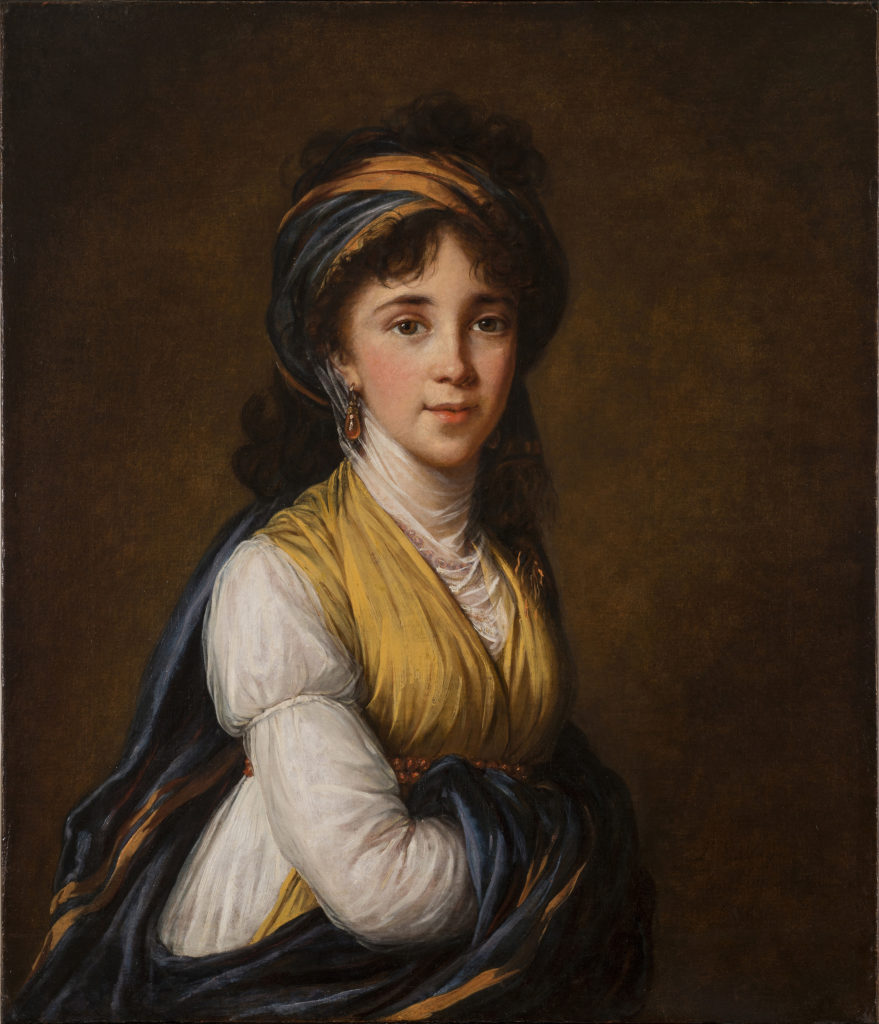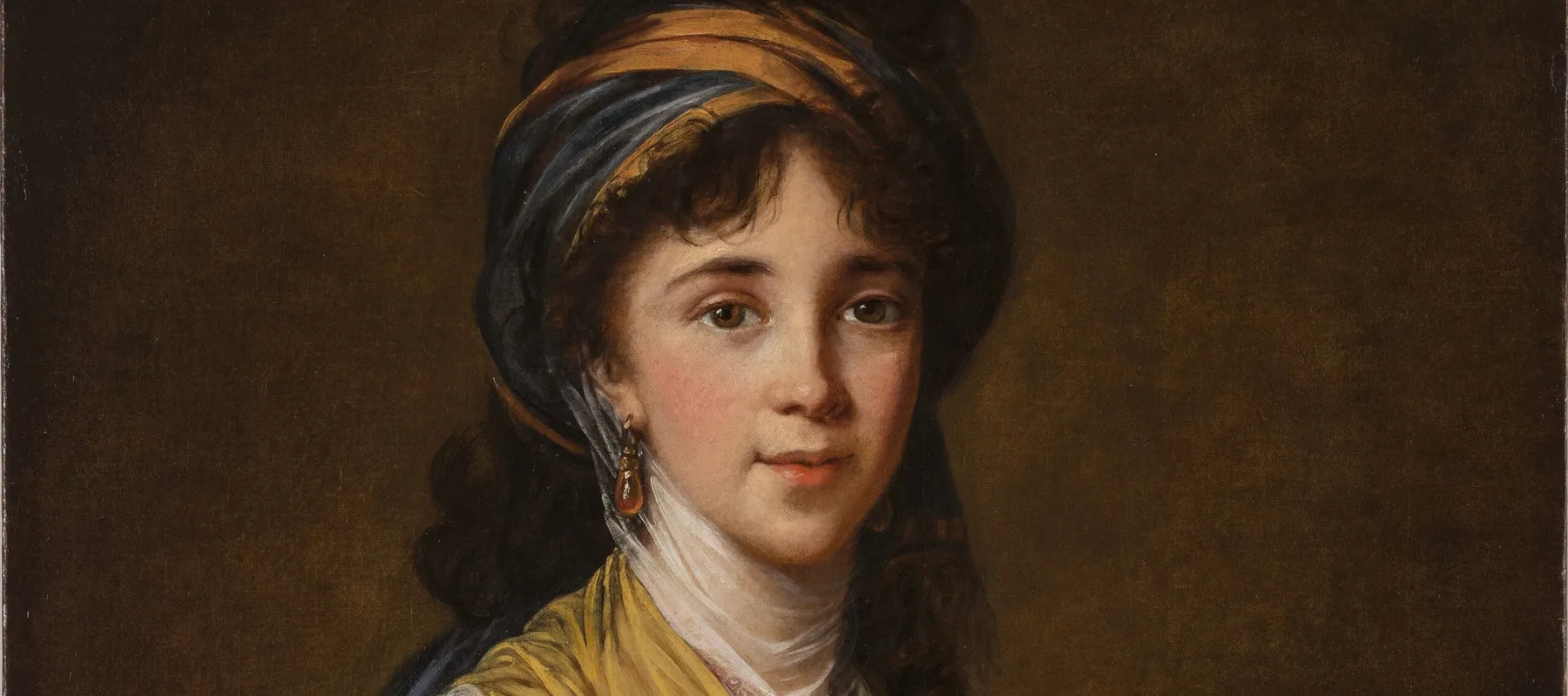The National Museum of Women in the Arts, founded by Wilhelmina and Wallace Holladay, serves as one example of women’s influence on art patronage and collecting. Women throughout history have established significant collections, even influencing the practice of art collecting itself. This is the first in a series of posts examining women collectors, like Wilhelmina Cole Holladay, whose legacies have had profound impacts.
Catherine the Great—the longest-serving female ruler of Russia, who amassed a grand collection for what is now the Hermitage Museum—was the young daughter of a minor German prince. She married Peter, nephew of Empress Elizabeth I of Russia, who was in line to become tsar. After he succeeded the throne (making her empress consort), the couple grew increasingly estranged due to diplomatic relationships as well as personality eccentricities. After less than one year in power, Peter was overthrown in a coup d’état (likely orchestrated by Catherine) and killed shortly afterward, while Catherine was ordained empress.
As empress, Catherine worked to modernize and westernize the country. Under her guidance, the state funded libraries, academies, and extravagant palaces. Palaces were built to be larger and more elaborate than those in Western Europe as an expression of Russia’s glory. Court fashions followed those in France, as did theater, music, and architecture. Élisabeth Louise Vigée-LeBrun, whose Portrait of Princess Belozersky is on display at NMWA, was one of many artists Catherine brought to St. Petersburg.

To Catherine, art collecting served propagandistic purposes, in addition to any personal artistic interests she may have had. In the article “Art and Authority: The Hermitage of Catherine the Great,” Katia Dianina explains that “European princes patronized art for political reasons—to glorify themselves and their states. Royal patronage as propaganda is a familiar proposition: time and again, art has served as a visible sign of cultural enlightenment.” Catherine deployed agents, diplomats, and foreign contacts throughout the continent, tasking them with purchasing entire collections of artwork. Whole-sale acquisitions, such as the 204 artworks she acquired in 1779 from the Walpole Collection in England, enabled Catherine the Great to expand the Hermitage collection rapidly.
Catherine’s practice of mass purchases grew to annoy other European monarchs. She frequently negotiated sales before her political rivals had the chance to acquire works for themselves. With many of Catherine’s purchases of private collections, “the Russian empress’s gain meant a loss for another European power.” As Dianina states, “[Catherine’s] Hermitage was first of all an institution of triumphant display.”
To this day, Catherine the Great’s collection is one of largest collections of art in the world. In her thirty-four years as monarch, Catherine’s collection amassed 4,000 paintings, 38,000 books, 10,000 drawings, and 10,000 gemstones—not including the sculpture and medal collections. “’It’s not for the love of art, it’s greed,” said Catherine the Great. “’I’m not a connoisseur, I’m a glutton.”

